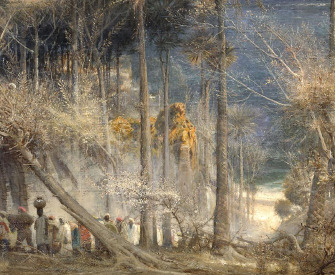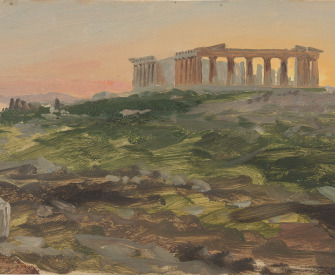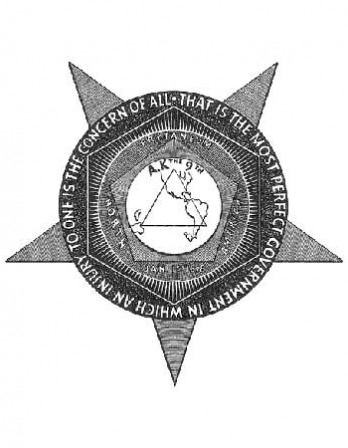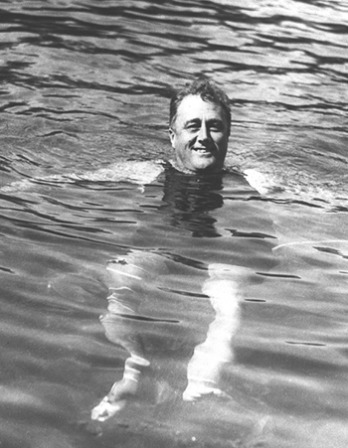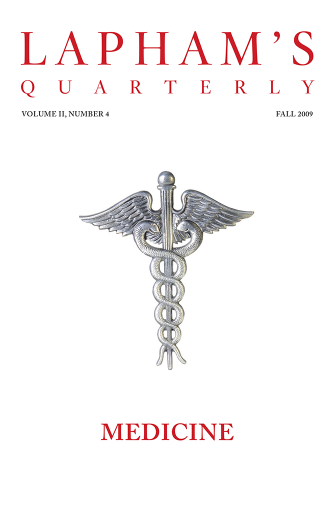A word on the relations of the public school teachers and the public schools to the labor unions. As the professional organization furnishes the motive and ideal which shall determine the character and methods of the organized effort of teachers to secure better conditions for teaching, so is it the province of the educational agencies in a democracy to furnish the motive and ideal which shall determine the character and methods of the organization of its members for self-protection.
There is no possible conflict between the good of society and the good of its members, of which the industrial workers are the vast majority. The organization of these workers for mutual aid has shortened the hours of labor, raised and equalized the wages of men and women, and taken the children from the factories and workshops. These humanitarian achievements of the labor unions—and many others which space forbids enumerating—in raising the standard of living of the poorest and weakest members of society are a service to society which for its own welfare it must recognize. More than this, by intelligent comprehension of the limitations of the labor unions and the causes of these limitations, by just, judicious, and helpful criticism and cooperation, society must aid them to feel the inspiration of higher ideals and to find the better means to realize these ideals.
If there is one institution on which the responsibility to perform this service rests most heavily, it is the public school. If there is one body of public servants of whom the public has a right to expect the mental and moral equipment to face the labor question and other issues vitally affecting the welfare of society and urgently pressing for a rational and scientific solution, it is the public school teachers, whose special contribution to society is their own power to think, the moral courage to follow their convictions, and the training of citizens to think and to express thought in free and intelligent action.
The narrow conception of education which makes the mechanics of reading, writing, and arithmetic and other subjects the end and aim of the schools, instead of a means to an end—which mistakes the accidental and incidental for the essential—produces the unthinking, mechanical mind in teacher and pupil and prevents the public school as an institution and the public school teachers as a body from becoming conscious of their relation to society and its problems, and from meeting their responsibilities. On the other hand, that teaching which is most scientific and rational gives the highest degree of power to think and to select the most intelligent means of expressing thought in every field of activity.
The ideals and methods of the labor unions are in a measure a test of the efficiency of the schools and the other educational agencies.
How shall the public school and the industrial workers, in their struggle to secure the rights of humanity through a more just and equitable distribution of the products of their labor, meet their mutual responsibility to one another and to society?
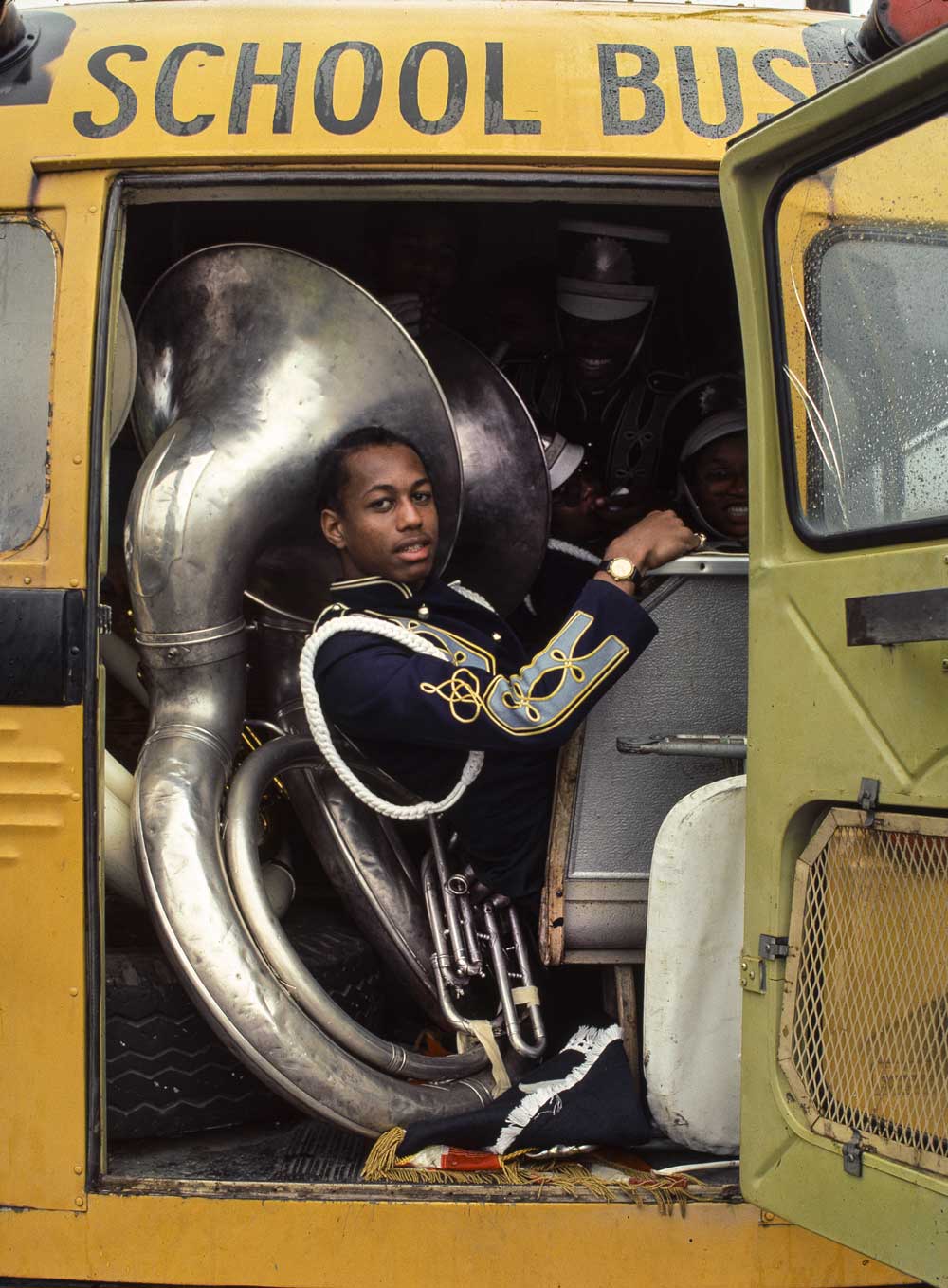
Student with tuba, Mississippi, 1976. Photograph by Nathan Benn. © Nathan Benn / GEO Image Collection / Art Resource, NY.
Whether the work of coordinating these two great educational agencies, manual and mental labor, with each other and with the social organism shall be accomplished through the affiliation of the organizations of brain and manual workers is a mere matter of detail and method to be decided by the exigencies in each case. The essential thing is that the public school teachers recognize the fact that their struggle to maintain the efficiency of the schools through better conditions for themselves is a part of the same great struggle which the manual workers—often misunderstood and unaided—have been making for humanity through their efforts to secure living conditions for themselves and their children; and that back of the unfavorable conditions of both is a common cause.
Two ideals are struggling for supremacy in American life today: one, the industrial ideal dominating through the supremacy of commercialism, which subordinates the worker to the product and the machine; the other, the ideal of democracy, the ideal of the educators, which places humanity above all machines, and demands that all activity shall be the expression of life. If this ideal of the educators cannot be carried over into the industrial field, then the ideal of industrialism will be carried over into the school. Those two ideals can no more continue to exist in American life than our nation could have continued half-slave and half-free. If the school cannot bring joy to the work of the world, the joy must go out of its own life, and work in the school, as in the industrial field, will become drudgery.
Viewed in this light, the duty and responsibility of the educators in the solution to the industrial question is one which must thrill and fascinate while it awes, for the very depth of the significance of life is shut up in this question. But the first requisite is to put aside all prejudice, all preconceived notions, all misinformation and half information, and to take to this question what the educators have long recognized must be taken to scientific investigation in other fields. There may have been justification for failure to do this in the past, but we cannot face the responsibility of continued failure and maintain our title as thinkers and educators. When men organize and go out to kill, they go surrounded by pomp, display, and pageantry, under the inspiration of music and with the admiration of the throng; not so with the army of industrial toilers who have been fighting humanity’s battles unhonored and unsung.
It will be well indeed if the teachers have the courage of their convictions and face all that the labor unions have faced with the same courage and perseverance.
Today, teachers of America, we stand at the parting of the ways. Democracy is not on trial, but America is.
From “Why Teachers Should Organize.” The daughter of a labor activist, Haley began teaching in country schools at the age of sixteen. In her early twenties, she moved to Chicago and taught in the city’s impoverished meatpacking district until 1900, when she began working full-time for the Chicago Teachers’ Federation. At a 1901 meeting of the National Education Association, a male organizer dismissed Haley’s calls for gender equity in labor movements as hysterical. “I think this audience,” she retorted, “will hope with me that such hysteria will become contagious.”
Back to Issue


